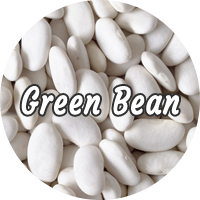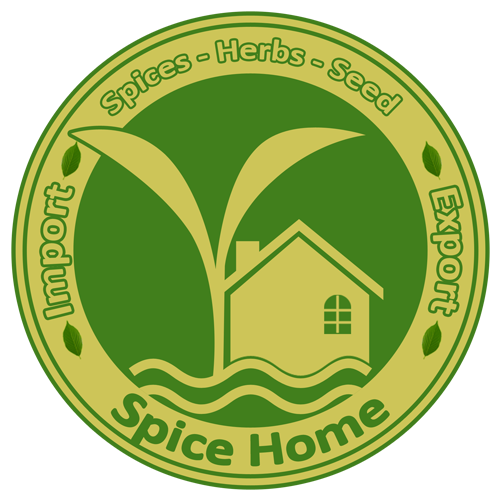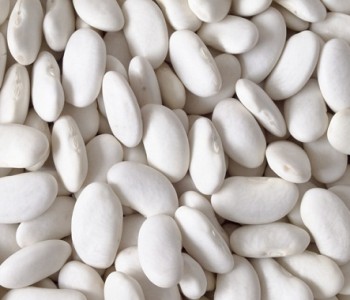
Phaseolus vulgaris
Green Bean
| Botanical Name: | ( Phaseolus vulgaris ) |
| Available Form: |
|
| Season: | Available all the Year |
| Packing: | In Polypropylene bag, weight depend upon form type |
Benefits of Beans
Benefits of Beans
Health Benefits of Beans
Many legumes, especially soya beans, are demonstrating impressive health benefits. Diets rich in beans are being used to:
lower cholesterol levels
improve diabetics' blood glucose control
reduce risk of many cancers
lower blood pressure
regulate functions of the colon
prevent and cure constipation
prevent piles and other bowel problems
Also richly coloured dried beans offer a high degree of antioxidant protection. In fact, small red kidney beans rate even higher than blueberries.
A lesser-known benefit of beans, though, is their high levels of isoflavones, compounds that are similar in structure to estrogen produced by your body (which is why they are also called phytoestrogens).
These isoflavones may ease the symptoms of menopause, prevent some form of cancer, reduce your risk of heart disease and improve your bone and prostate health, among other benefits.
Beans, a Rich Source of Fibre
s
One of the reasons the health benefits of beans are so many is because they contain a lot of fibre (or fiber, according to the American spelling).
Depending on the type of legumes, they vary between 5 and 8.6 grams of fibre per 100 g (30 ounces) serving.
When you eat dried beans, they are not entirely digested, so the undigested material lies around in the colon, where bacteria attack it and start to feed on it.
In the process, lots of chemicals are released, which tell your liver to cut down its production of cholesterol and your blood to speed up clearing out dangerous LDL cholesterol. Plus, fibre can actually mop up cholesterol from the intestine and whisk it out of the system.
Also, chemicals that block formation of cancer cells are released. In fact, beans are concentrated carriers of protease inhibitors, enzymes that can counteract the activation of cancer-causing compounds in the colon.
Beans and Flatulence
Many people fail to enjoy the health benefits of beans because of the side effects experienced by some people.
As we've seen, the fact that beans are not completely digested brings its own health benefits, but it can cause flatulence (wind) or intestinal discomfort to some people.
This is caused by a type of fibre found in beans, called oligosaccharides, which is composed of three to five sugar molecules linked together in such a way that the body cannot digest or absorb them.
So they pass into the intestines, where the bacteria break them down and gas is produced.
Haricot and lima beans are generally the most offensive, while peanuts are the least offensive because of their lower levels of oligosaccharides.
The amount of oligosaccharides in legumes can be significantly reduced by properly cooking or sprouting them and as a consequence, the flatulence can be reduced as well allowing you to enjoy the health benefits of beans without causing offense.


